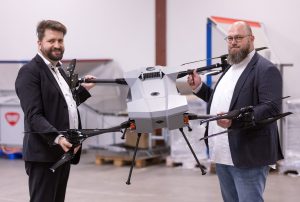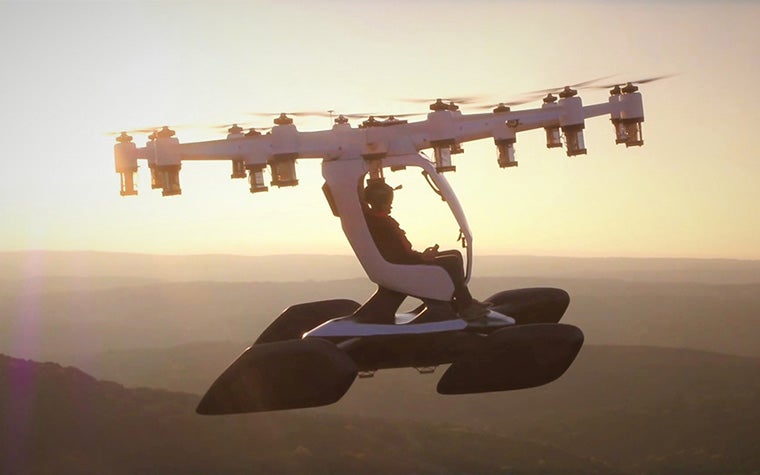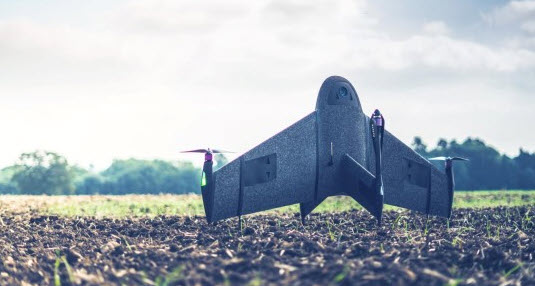Parts printed on the Form 3 will go to the International Space Station this month in order to be tested in the extreme environment outside the ISS.
Later this summer, SpaceX will launch its 25th commercial resupply services (CRS-25) mission to the International Space Station (ISS). On board the cargo capsule will be 4,500 pounds of food and equipment for the crew members on board the ISS. This mission is part of the ongoing cargo contract between SpaceX and NASA, and involves collaboration and partnership between the two entities.
Among the pieces of equipment on the CRS-25 flight will be electroplated samples printed on a Form 3 stereolithography (SLA) 3D printer. Using Alpha Space’s International Space Station test platform Materials International Space Station Experiment (MISSE-16) the samples will be exposed to the external environment of the space station and will later be returned to earth for further testing. In a recent publication, NASA speaks about the objectives of a different experiment as well as how 3D printing can influence the efficacy of the project.
The 3D printed and plated parts will be exposed to the harsh environment of space and the results could inform how NASA and possibly other aerospace manufacturers may incorporate additive manufacturing into potential future product plans.
NASA engineers at the agency’s Goddard Space Flight Center have been working with the Formlabs printed parts to optimize the design of these brackets for maximum strength. The parts were printed in Rigid 10K Resin, a glass-filled material ideal for stiff, thermally and chemically resistant parts.
Find out more by reading the full user story here.

MATERIAL Resin
MANUFACTURING PROCESSVAT Photopolymerization
STEPS / INTERVENTIONS Function integrationSupply chain optimisation
Rigid 10K Resin




